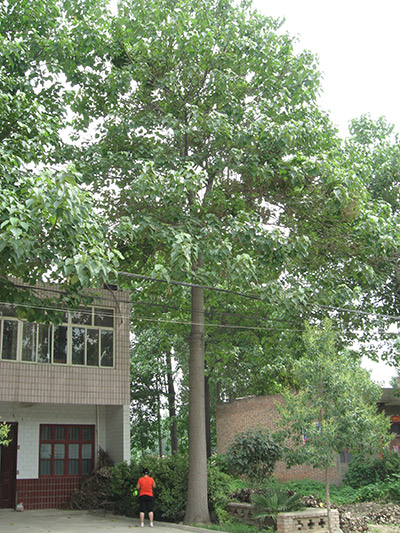Species Of Paulownia
As early as 2,000 years ago, Chinese people began to artificially acclimate wild-type paulownia when growth and development of paulownia started to transit from wild-type under natural environment to semi-wild-type under the artificial environment. Based on degrees of artificial intervention on growth of paulownia, we generalize the Paulownia into three types: wild-type, semi-wild-type and artificial-crossing-type.
Wild-Type Paulownia
Wild-type paulownia refers to those which have not passed through long-term of artificial acclimation. They are mainly located in mountain areas with obvious uncultivated traits and strong capacity of natural regeneration. According to a survey undertaken by the former China National Academy of Agriculture and Forestry, there are five species of wild-type paulownia including P.albiphloea Z.H.Zhu sp.nov, P.photeinophylla, P.catalpifolia Gong Tong, P.fargesii Franch and P.kawakamii Ito.
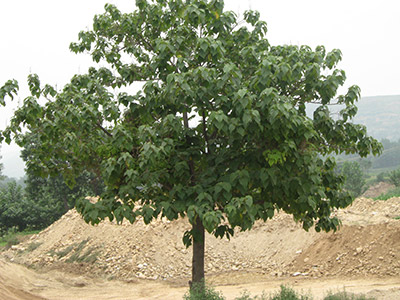
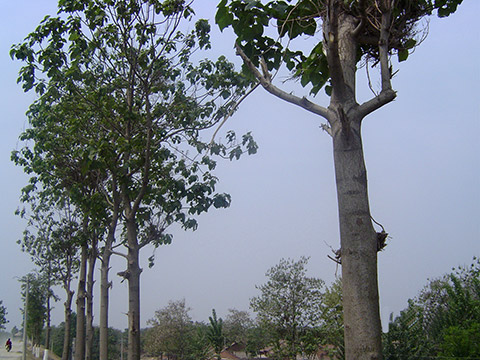
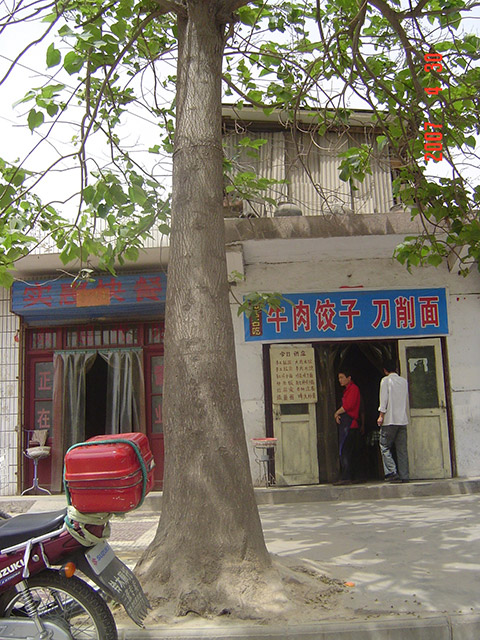
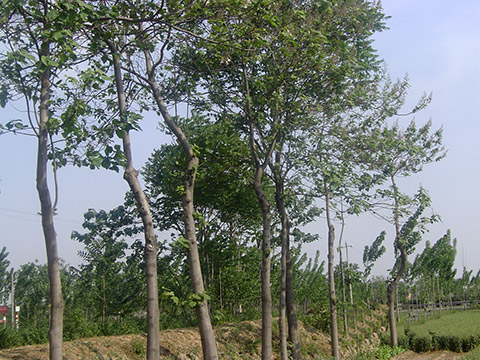
Semi-Wild-Type Paulownia
These refer to semi-wild-type paulownia having passed through long-term of artificial acclimation, some of which wildly distribute and some are artificially cultivated. According to investigation actualized by the former China National Academy of Agriculture and Forestry, there are four species of semi-wild-type paulownia: P.fortunei(Seem)Hemsl, P.elongata S.Y.Hu, P.catalpifolia Gong Tong, P.tomentosa(Thunb.) Steud.
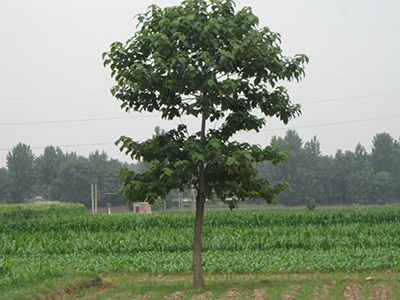
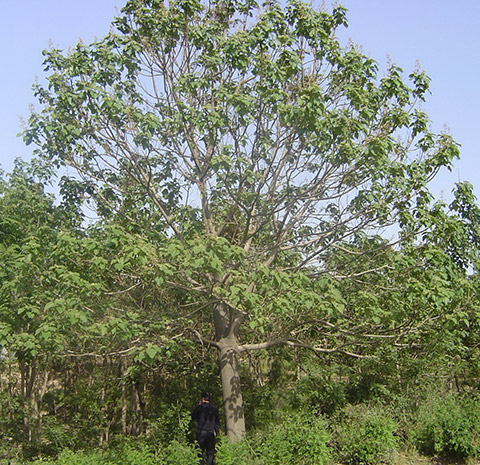
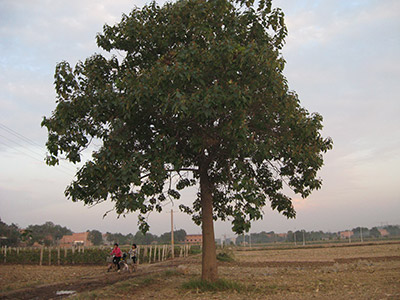
Artificial-Crossing-Type Paulownia
China is the only country in the world with the most integral Paulownia plant population being in possession, which offering favored advantage for artificial selective breeding and variety improvement of Chinese paulownia.
Wild-type paulownia and semi-wild-type paulownia could not serve people’s anticipated purpose on afforestation. On the basis of selecting wild-type and semi-wild-type paulownia, different hereditary properties of various wild paulownia shall be utilized properly for artificial crossing in order to cultivate fine varieties of paulownia suitable for artificial group plantation. Fine varieties of paulownia shall take on characters such as rapid growth rate, broad growth scope, strong resistance against natural environment, high-quality of timber, large quantity of output and suitable for group plantation. Such varieties of paulownia are the artificial-crossing-type paulownia.
